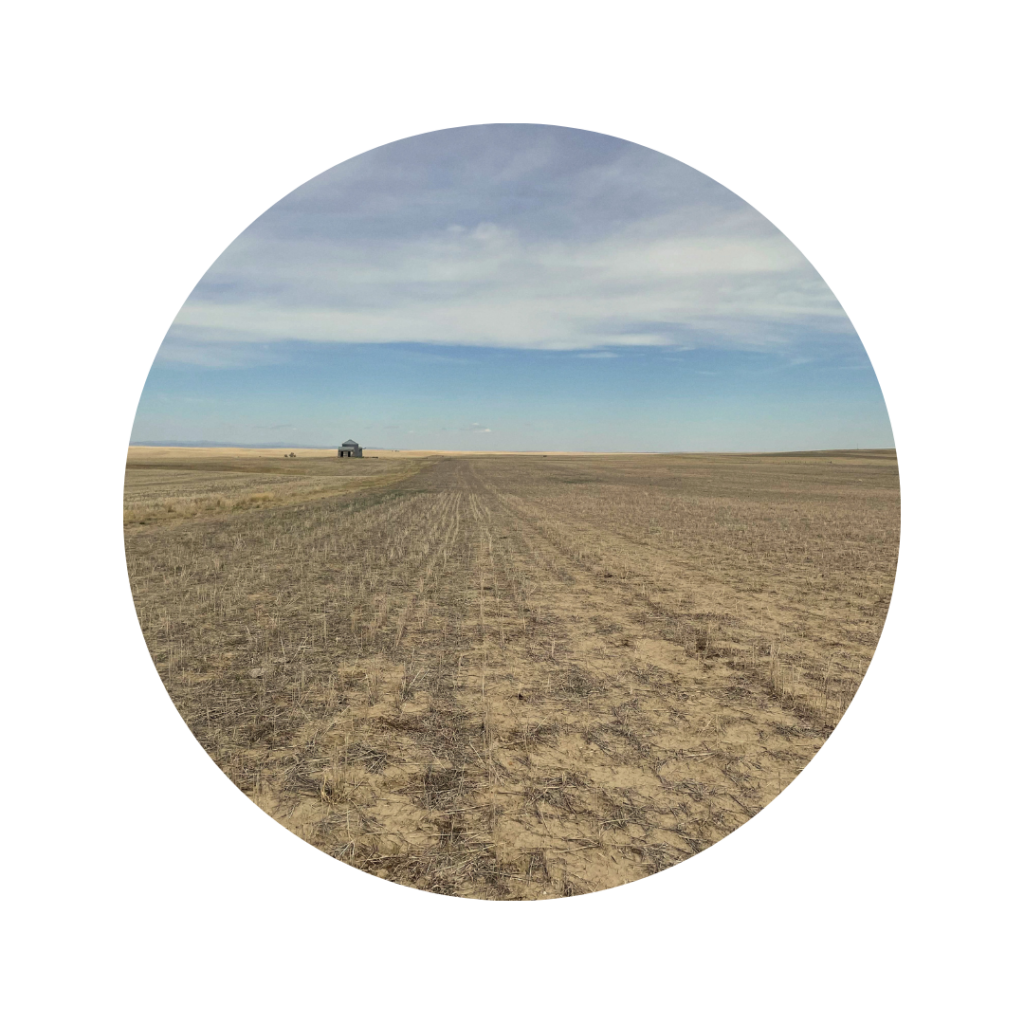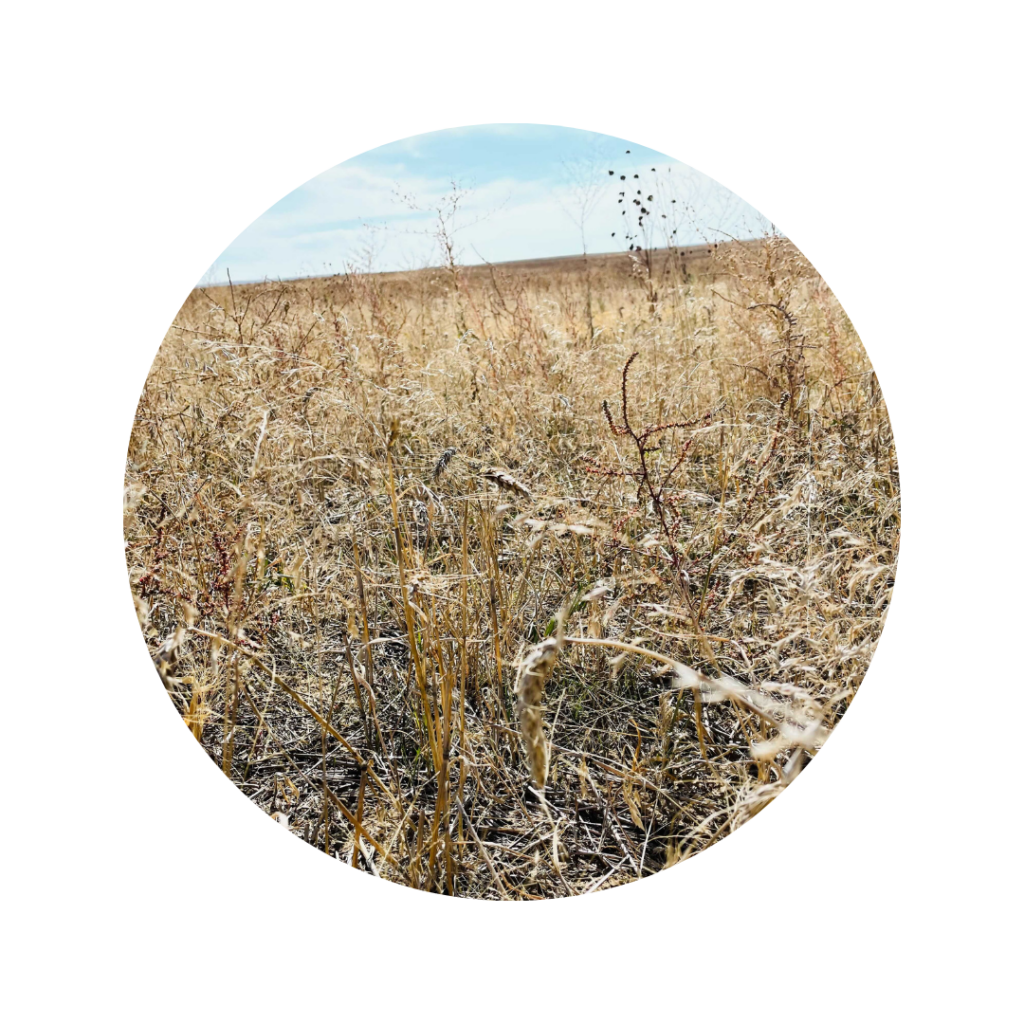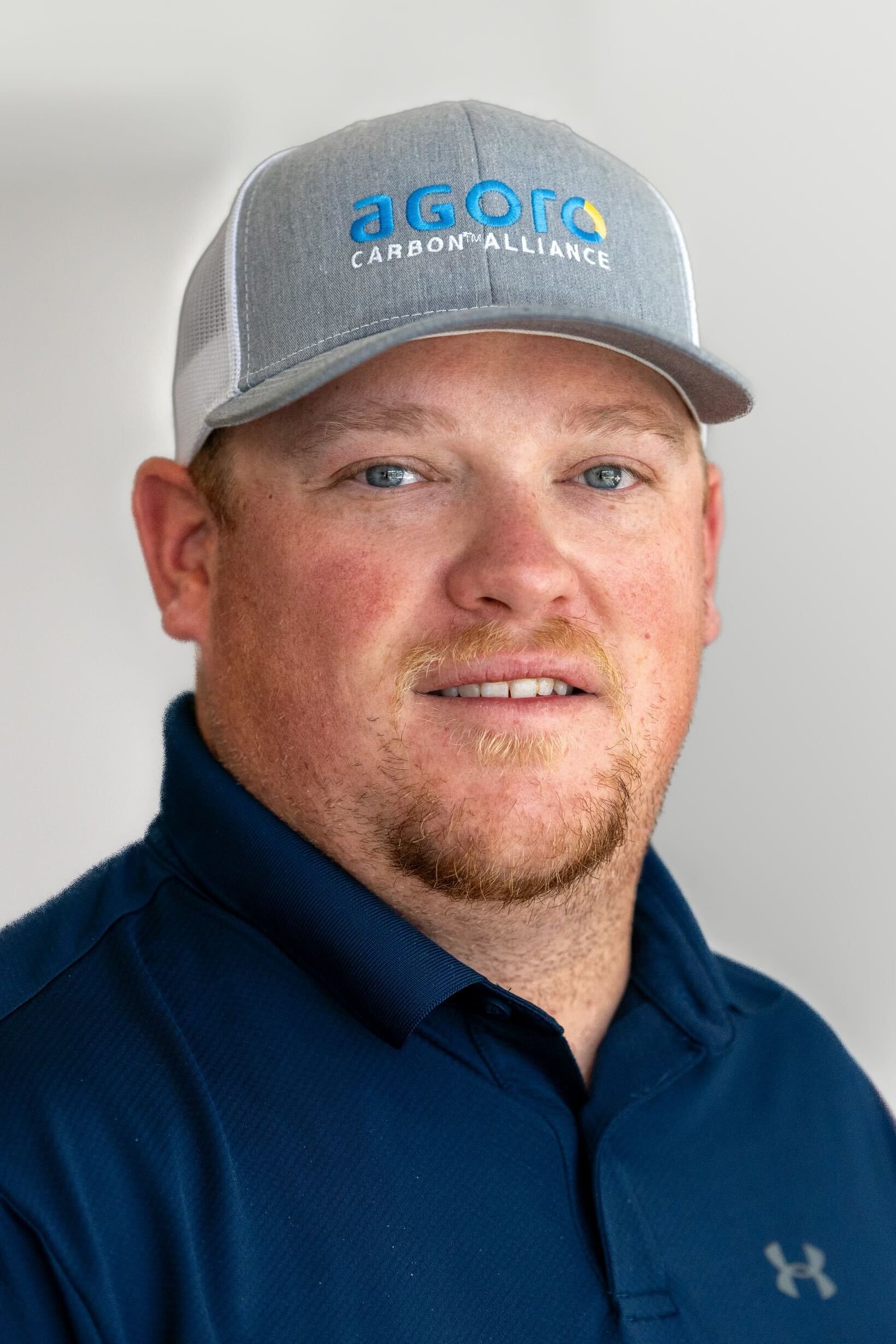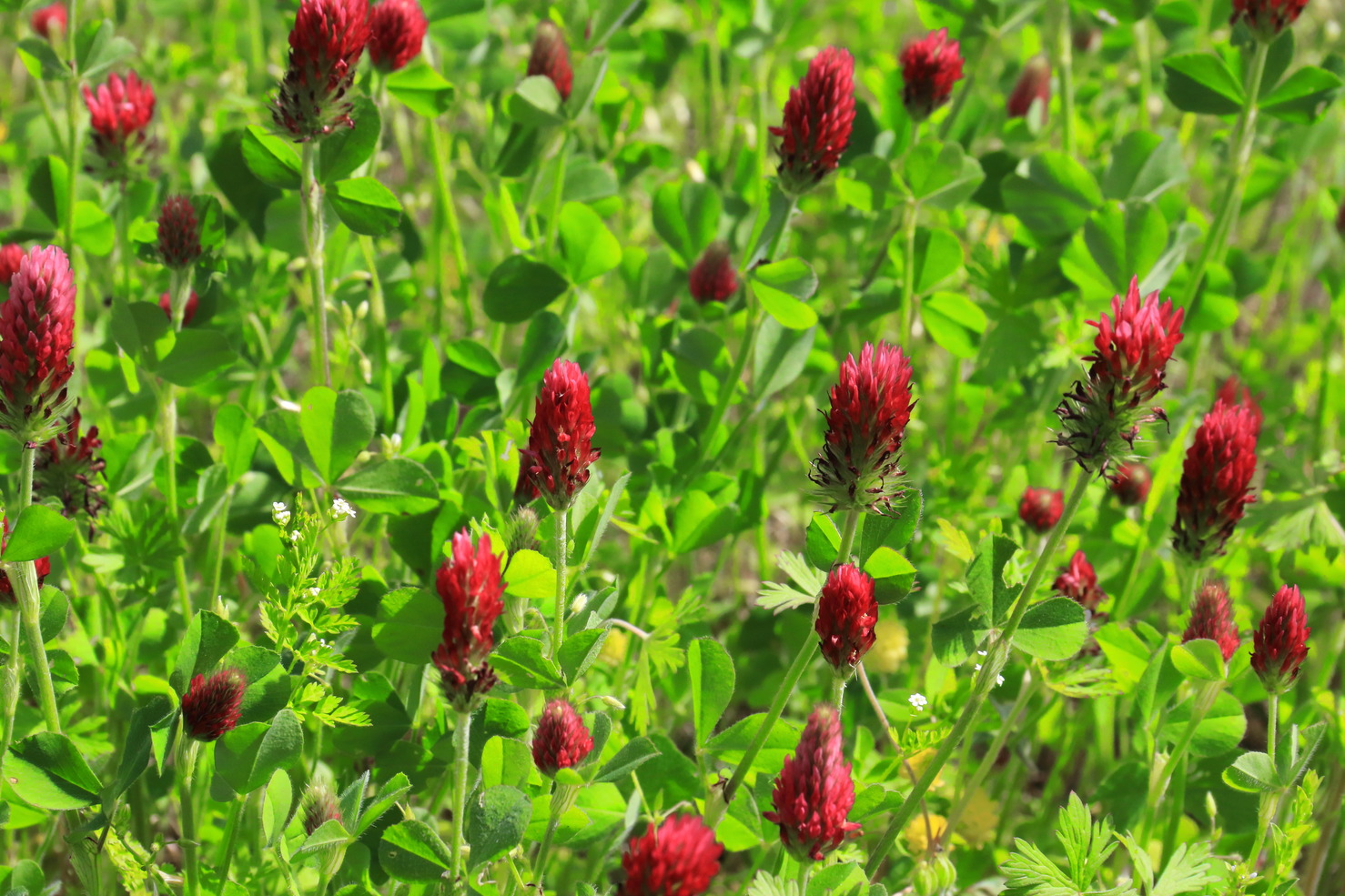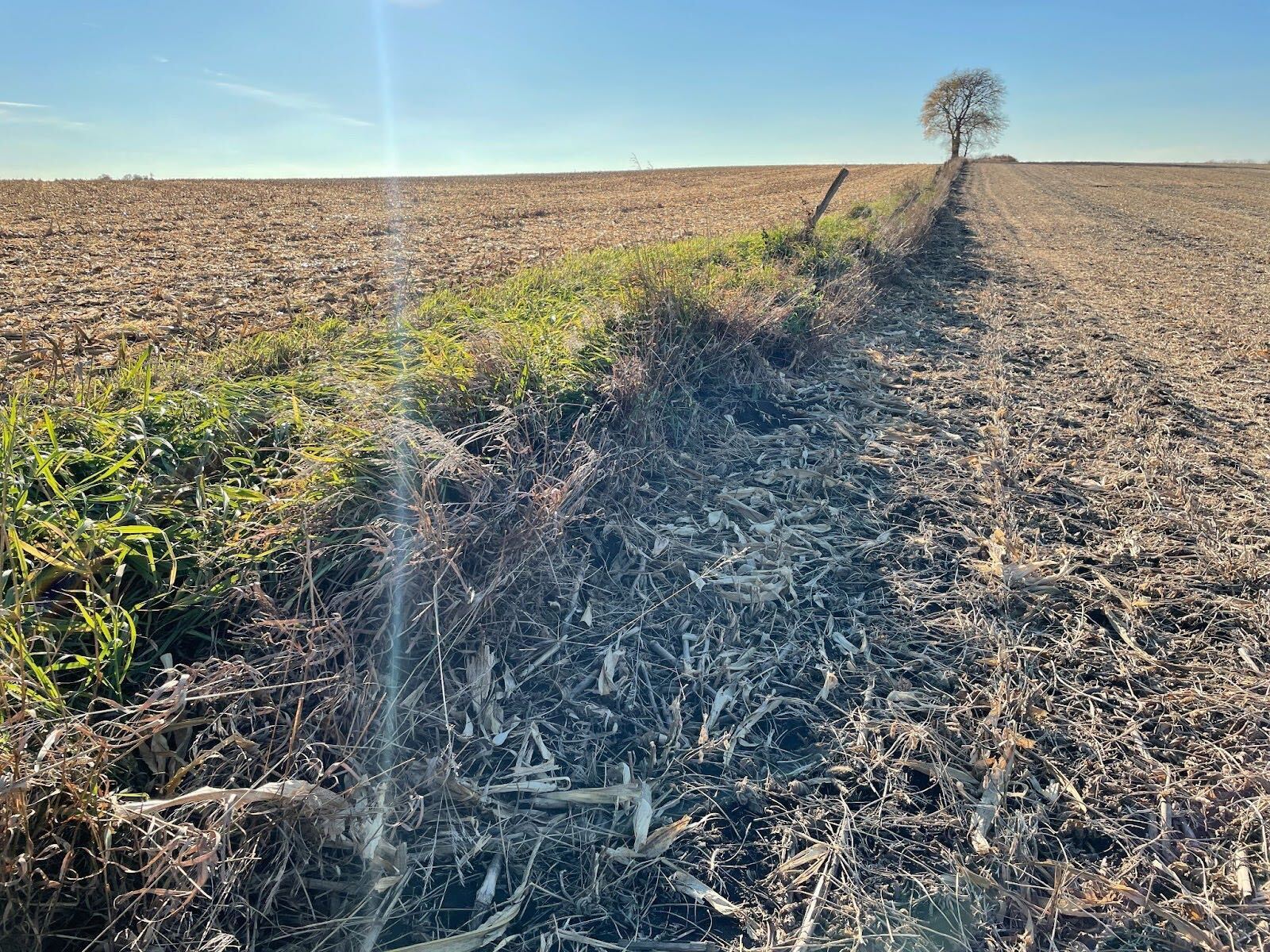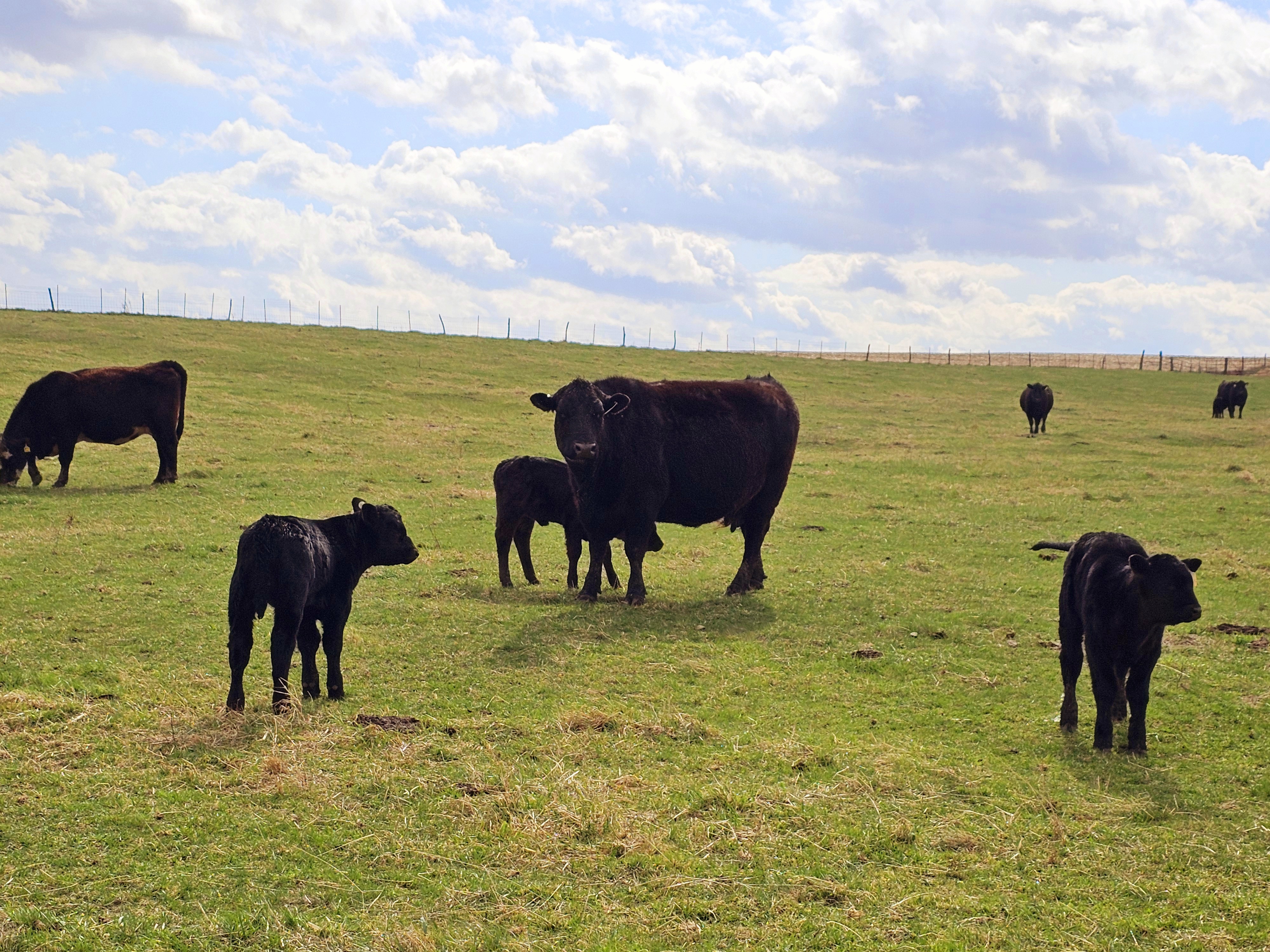Spring is a great time to enhance your pasture’s efficiency and maintain its health throughout the grazing season. With temperatures warming and the higher possibility of rain, spring is the best time to apply fertilizers and new seeding.
Optimizing Nutrient Supply
Pasture grasses respond well to nitrogen fertilizer applications. Nitrogen is essential to any type of grass because it produces amino acids, the protein that drives chlorophyll. Sulfur can also be applied to aid in amino acid and protein and overall look for the plant. Nitrogen rates can vary throughout geographies. Most midwest pastures will average 40# of nitrogen, while warmer and drier areas tend to be lower.
Seeding Opportunities in Spring
Spring is also a great time to inter-seed your pastures. The warm days of spring, as well as the rainfall, will help germinate the seed. Another positive of spring seeding is lower chances of seed failure due to the existing grass coming out of dormancy. If seeded in summer/fall, a new seed must compete with an existing growing plant for nutrients and moisture.
Diversified Seed Selection
Seed selection should be made to fit your situation. Diversity should be considered to make pastures more efficient. If your established grass tends to be warm-season grasses, a cool-season grass should be considered. This will extend the amount of time your pastures will be active. While a cool season grass will go dormant faster in the heat of the summer, it will come out of dormancy when the temperatures begin to drop in the fall, and it will also be active sooner in the spring. New seed varieties can be broadcast spread or drilled; use the best method for your situation.
Whether seeding, fertilizing, or both, spring provides the best time to help your pastures be as efficient as possible for the upcoming growing season.
Empowering Farmers & Ranchers with Agoro Carbon Alliance
Agoro Carbon Alliance is actively involved on thousands of cover-cropped acres, and we have a staff of agronomists well versed in transitioning from conventional farming methods to conservation practices. We are here for you, not only to provide financial assistance through carbon offset credits but also with personalized, region-specific agronomic support. Reach out to us to learn more.
